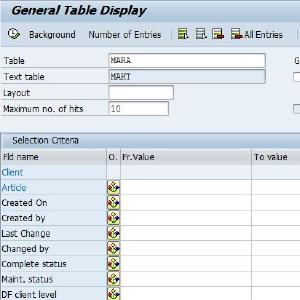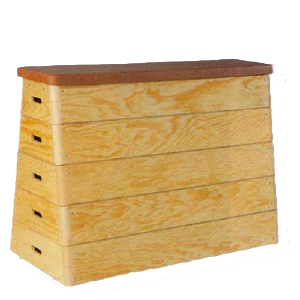FILTER

The FILTER function is new and still relatively unknown. I will give you an example of how it can be used.

The FILTER function is new and still relatively unknown. I will give you an example of how it can be used.

Sometimes it’s useful to look at two areas of the code at the same time. If the areas are in different classes, just open them both. But what if they’re in the same class? For example, if you want to make a method inspired by or related to another.

In SAP it’s normal to have tables in the database with a NAME field and another NAME_SEARCH which is filled in with exactly the same thing as NAME but in upper case.
Then, when you want to do case-insensitive searches you use NAME_SEARCH. You don’t need to do this anymore.

In my current project constants are all over the place, with confusing or wrong names. It’s a mess. I’ve found a way to reorganize and rearrange the constants so that the new code can use pretty constants without messing up the old code, which can continue to use the confusing ones.

There’s nothing worse than seeing people abusing variables. They’re so delicate and yet so badly treated, poor things. Here’s a way to show them some love.

Everyone uses blank lines to better organize their code. But where to use them and how many? Let’s talk about that.

Historically, it has always been impossible to jump from one SAP system to another without losing context. Now it’s possible.

The tools that SAP provides for viewing the contents of database tables have always been very sketchy.

They say: Don’t go back to where you were once happy. But the truth is that in many cases, if you could go back, you would.

I like keyboard shortcuts. If I could do my job without taking my hands off my keyboard I’d be an even happier programmer.

We used to use the APPEND and INSERT commands to add rows to internal tables. Now that ABAP has grown, we can use VALUE, REDUCE, CORRESPONDING, etc. But what if the internal table already has rows and we don’t want to lose them?

A while ago I showed you that you could SELECT from an internal table. And then I asked myself: if that is possible, shouldn’t INNER JOIN be possible too?